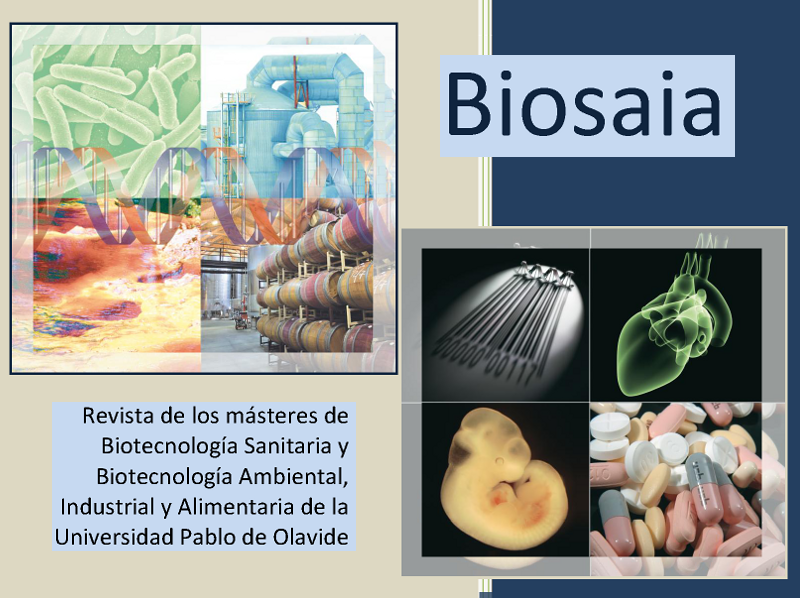uning and validation of an analytical method for the determination of petroleum hydrocarbons in water using gas chromatography and FID detector.
Resumen
Total oil hydrocarbons (TPHs) are released into the environment mainly by polluting the water on the surface, especially in areas close to production and storage places, but also during the handling, transport and processing of those products. The assessment of this contamination is carried out by measuring the concentrations of petroleum products in water [1]. The most commonly used methods for determining TPHs are infrared absorption (IR) and gas chromatography (GC). However, the cancellation of the IR absorption method in Europe due to the ban on the use of freons (necessary for the extraction of hydrocarbons in the sample) resulted in the GC being the most commonly used, in addition to its high sensitivity, selectivity and wide range of hydrocarbons capable of detecting [2].
This study aims to fine-tune and validate a method capable of identifying and quantifying chain hydrocarbons between C7-C40 using gaseous chromatography with a flame ionization detector (GC-FID) in all types of water, in the one that everybody consumes and in non-drinking water. After an exhaustive analysis of the available bibliography, different methods that are currently being used for the quantification of TPHs have been compared and analyzed, finally selecting a method described by UNE-EN ISO 9377-22:2001 [3].
This regulation includes the extraction and chromatographic method. Regarding the first, the extraction method is carried out thanks to a purification column with Florisil and using dichloromethane as a solvent, as well as evaporation techniques for its concentration. For the chromatographic method, a chromatograph adjustment and a calibration line shall be made with pattern solutions formed by a mixture of n-alkane mineral oils. This is ultimately intended to validate the method so that the analytical laboratory can offer its customers reliable and reproducible results.





